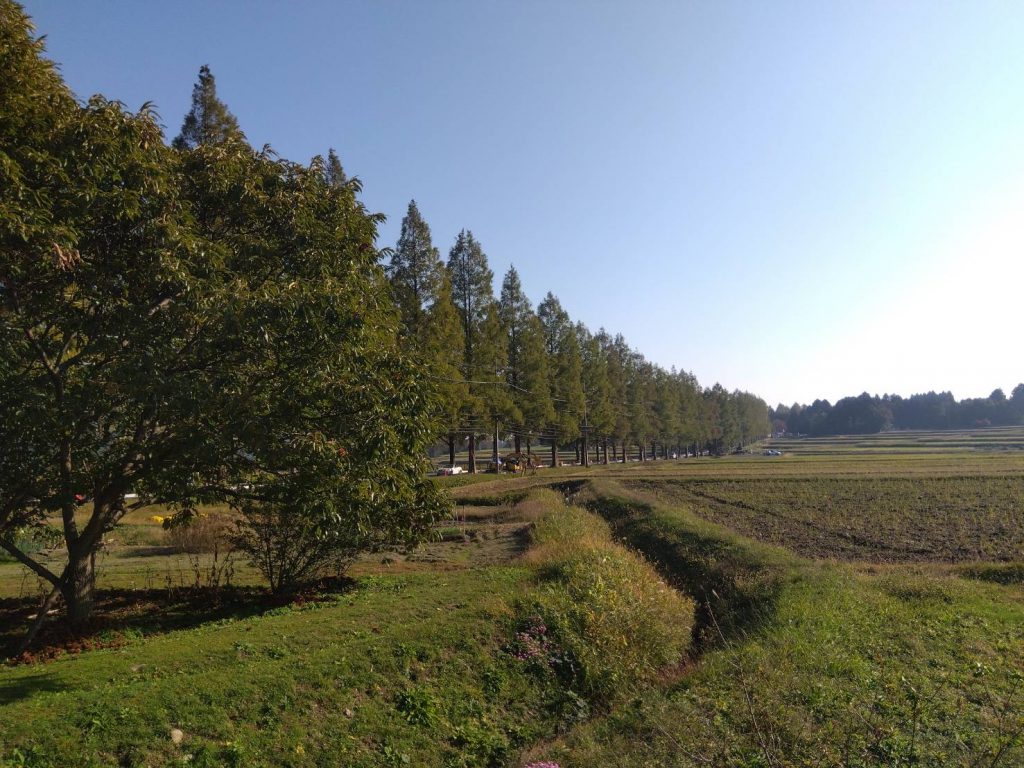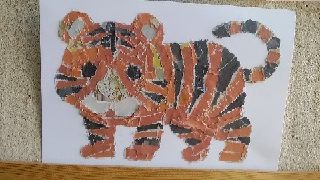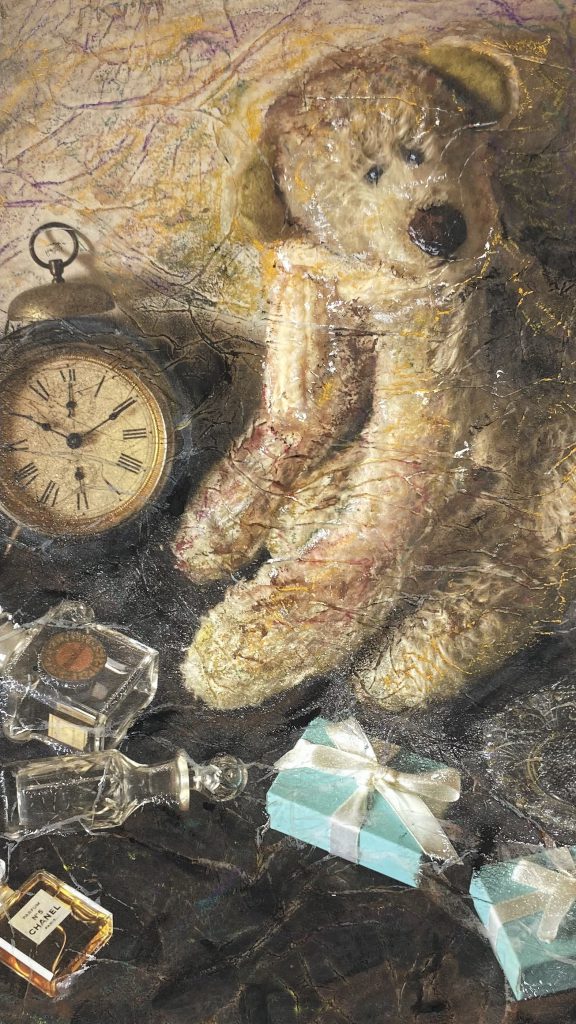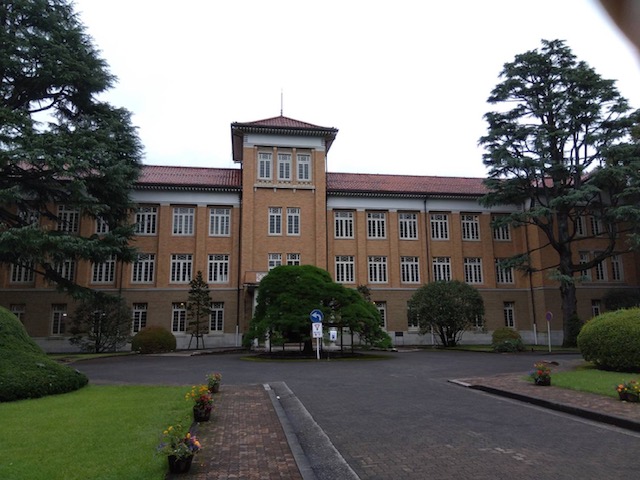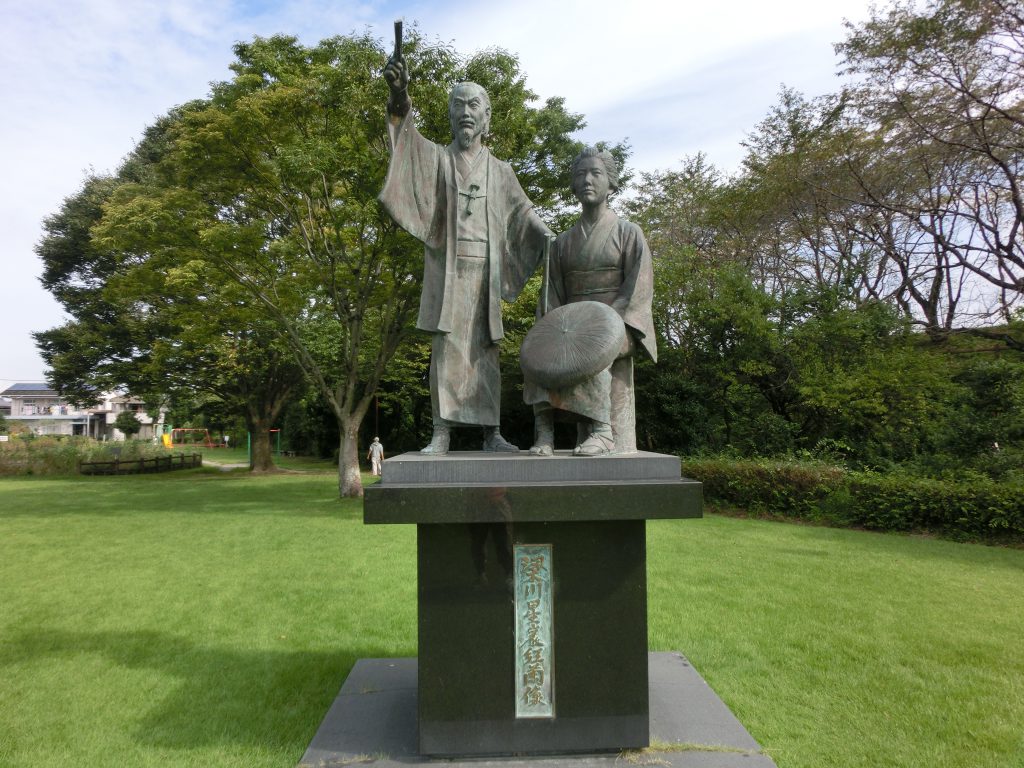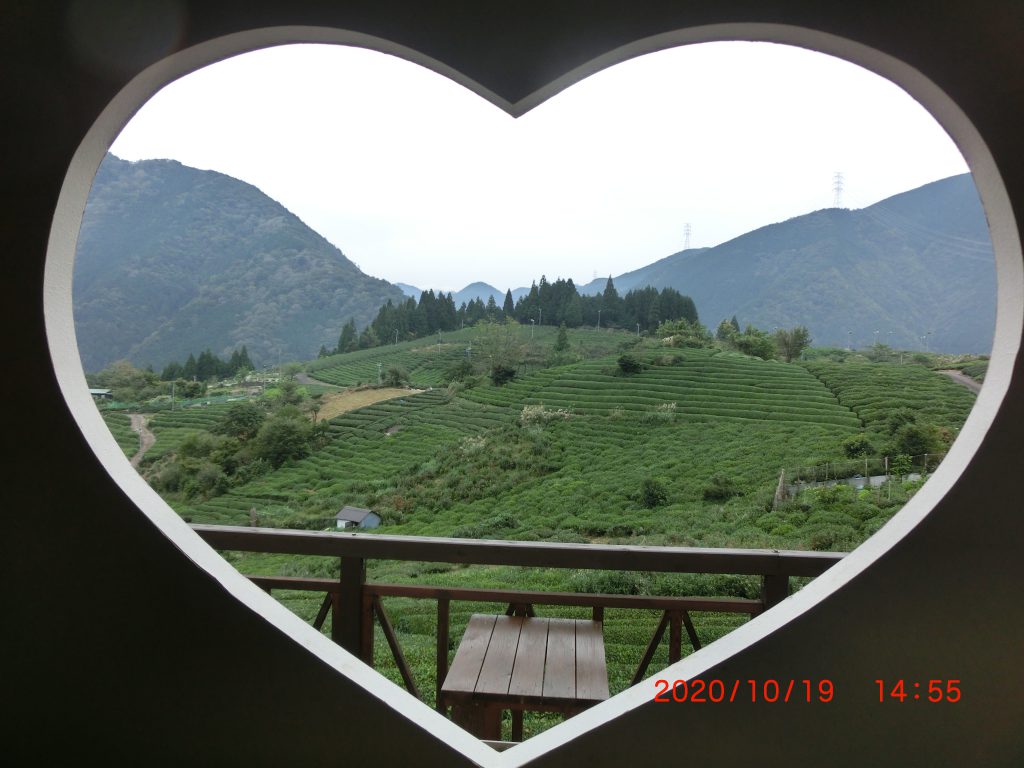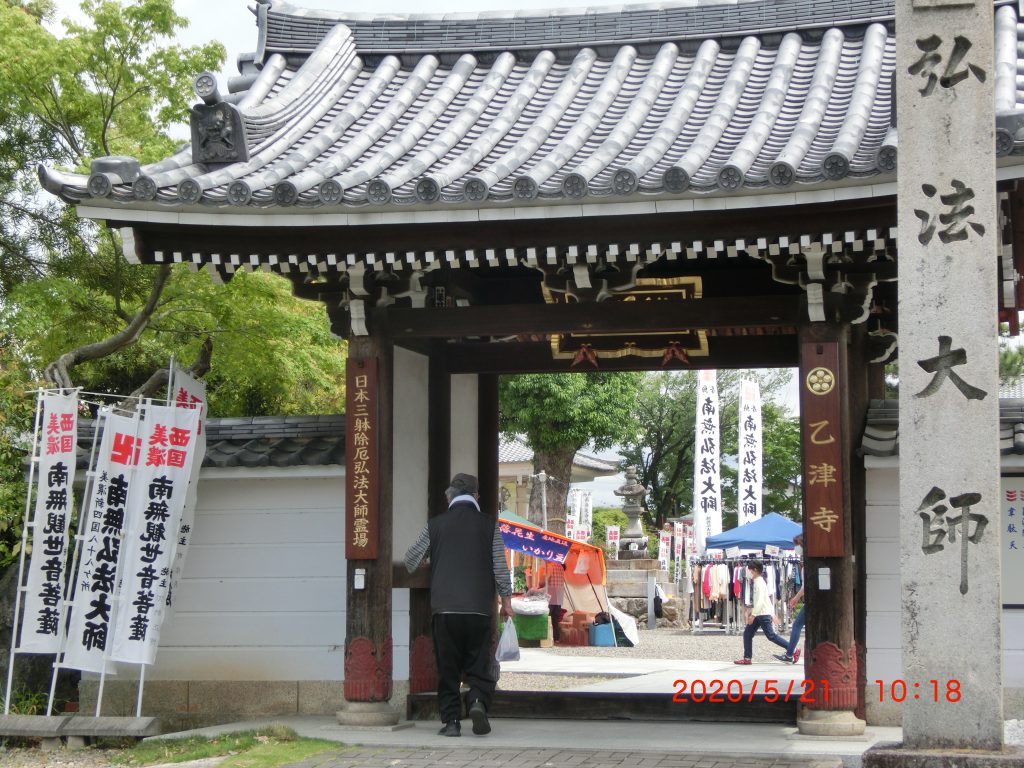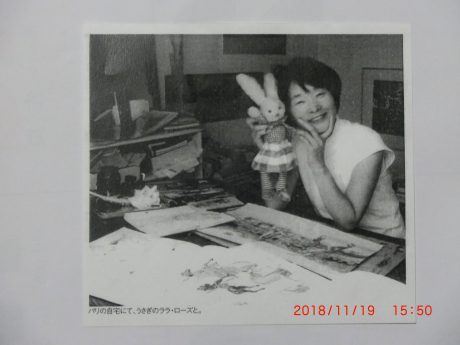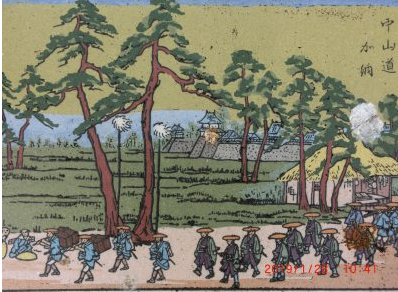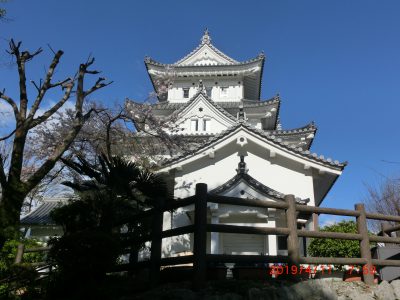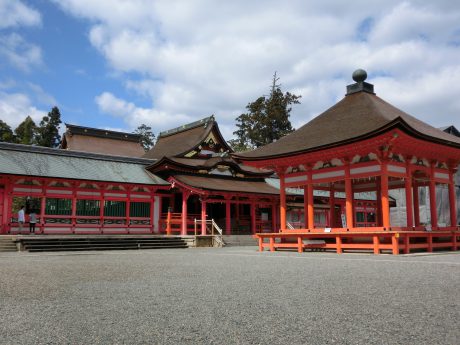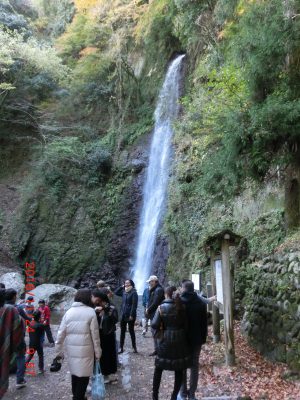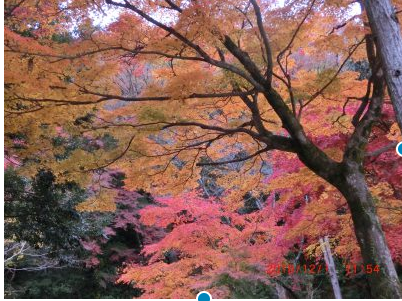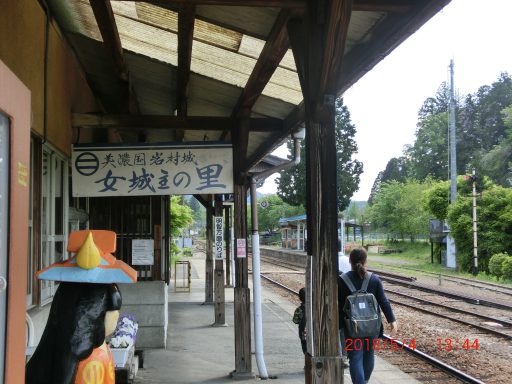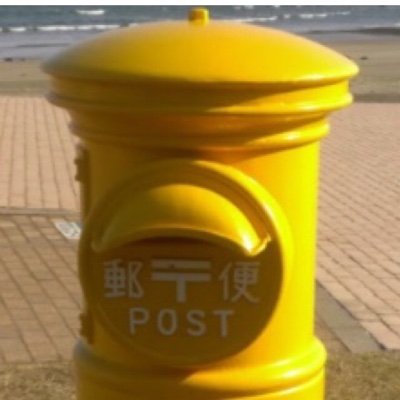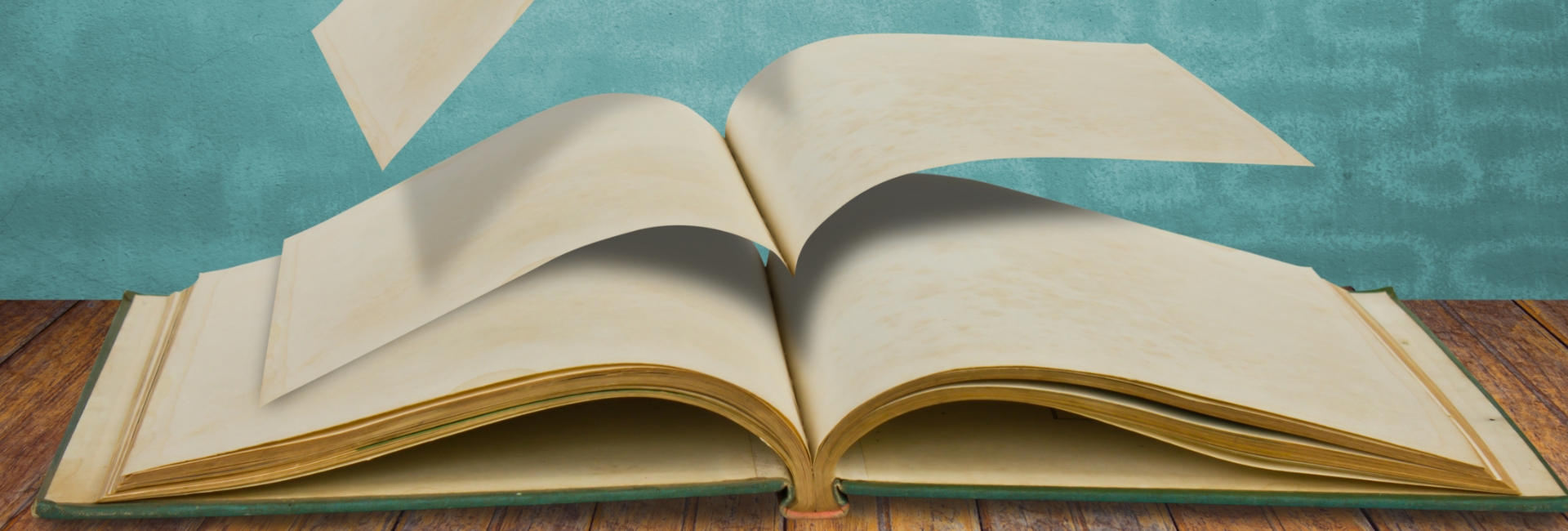
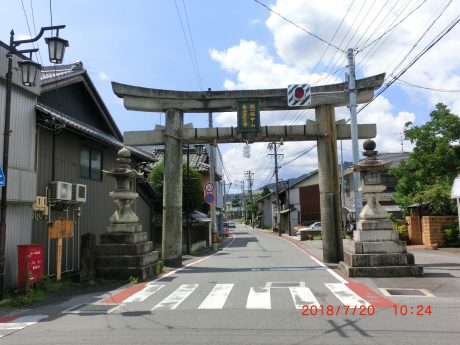
中山道垂井宿
コンテンツ
KURITA’S PHOTO STORY⑧
(英語訳栗田)
中山道垂井宿
Nakasendō Taruijuku
垂井宿は中山道と美濃路の分岐点であり、古くから交通の要衝として栄えました。
古い町並みや松並木など宿場町の面影が色濃く残っており、毎年5月2日~4日に開催される垂井曳山まつりでは子供歌舞伎が披露され、生き生きした演技が垂井に夏を告げます。
Located at the fork of Nakasendō and Minoji, Tarui flourished as an important post town in Edo period. You can still see rows of old houses and an avenue of pines.
During Tarui Hikiyama Matsuri (Float Festival), held early May, children’s kabuki are shown day and night. The boys’ lively performance brings summer to the town.
一里塚
Ichirizuka

一里塚とは、旅人の目印としてまた休息場所として、主要街道の一里(4km)ごとに道の両側に対で設置された塚です。
垂井一里塚は江戸から112番目、南側の一基のみが現存しており、昭和5年に国の史跡に指定されています。
Ichirizuka is a pair of mounds built on both sides of a road every some four kilometers on main highways.
Ichirizuka in Tarui is the 112th one from Edo, being the only one existing perfectly on the whole Nakasendō, and was designated as a national historical monument in 1930.
春王・安王の墓/池田輝政陣跡
Tombs of Haruō and Yasuō/Battle camp site of Ikeda Terumasa

室町時代、永享の乱で敗れた足利持氏の遺子、春王丸、安王丸は捕らわれの身となり、中山道を京へ護送中、垂井の金蓮寺で処刑されこの地に葬られました。二人はまだ13歳と11歳の幼い少年でした。
関ヶ原合戦時は東軍の池田輝政 (後に姫路城を築く) が陣を張りました。
In 1440, Ashikaga Mochiuji, chief warlord in Kamakura, rebeled against Kyōto bakufu, but was defeated by Ashikaga Yoshinori, then shōgun in Kyōto. Mochiuji’s young sons called Haruō (13) and Yasuō (11) were arrested and being carried to Kyōto.
But on the way in Tarui, they were executed at Konrenji Temple and buried there.
At the time of Battle of Sekigahara, Ikeda Terumasa, who later built Himeji Catsle, pitched his battle camp here.
金蓮寺
Konrenji Temple



西の見附
West Mitsuke


ここは垂井宿の西の入口で、大名行列などを迎えたり、非常時にはを閉鎖したりしました。
安藤広重の版画は西の見附から西方を見た風景で、雨が降る中山道の松並木の中を大名行列が垂井宿へ入ってくる様子が描かれています。
This is the west entrance to Taruijuku, where they greeted daimyō’s processions. In an emergency it was closed.
Hiroshige’s woodprint depicts a scenery here. It’s a daimyō’s procession in the rain.
本龍寺
Honryuji Temple

松尾芭蕉が訪れてここに冬籠もりをして俳句を詠みました。
江戸時代(1634)には三代将軍、徳川家光が上洛途中朝食をとられ、明治時代(1878)は明治天皇の北陸東海御巡幸の際、小休止されました。
In 1691 Matuo Bashō visited this temple and composed a haiku.
In 1634, Tokugawa Iemitsu ate his breakfast on the way to Kyōto. In 1878, the Emperor Meiji took a short break here during his journey to Hokuriku and Tōkai regions.
石鳥居
Stone Torii (archway)

中山道沿いに立つこの明神型石鳥居(高さ7.15m)は1642年に石屋権兵衛が造りました。
This archway stands along Nakasendō Highway.
Designed in curvilinear Myōjin-style and 7.15 meters in height, it was built by a stonemason called Gonbei in 1642.
垂井城跡
Tarui Castle Ruins



平塚為広とは、戦国時代から安土桃山時代の武将。大力で、薙刀や槍の名手といわれています。
豊臣秀吉の家臣(馬廻)として武功を挙げ、小牧・長久手の戦いや小田原征伐に参加しました。秀吉死後は豊臣秀頼に仕え、美濃垂井に1万2000石の所領を与えられています。
明確な遺構がないものの、文献などからここに垂井城があったとされています。
関ヶ原合戦で西軍として参戦した平塚為広がここに居を構えていました。
合戦で平塚為広は、病気の大谷吉継に代わり前線で大谷隊を指揮し、善戦しましたが、小早川秀秋が裏切ると形勢は逆転しました。
為広は「名の為に捨つる命は惜しからじ、遂にとまらぬ憂世と思へば」の辞世の句を吉継に送り、勇戦むなしく敵兵に討たれました。
At the Battle of Sekigahara, Hiratsuka Tamehiro took command of Ōtani army on behalf of ill-stricken Ōtani Yoshitsugu.
At first he had fought well. However, because of the betrayal of Kobayakawa Hideaki, the tide changed against him. Finally he died in the last ditch. He sent his farewell tanka (poem) to Ōtani Yoshitsugu as follows. “For you, I value honor above life. Because life is, after all, an irresistible journey “
Though without any clear ruins, according to literature, this place is thought to have been the site of Tarui Castle, the residence of Hiratsuka Tamehiro.
垂井の泉
Tarui Spring



垂井の地名由来と言われる泉で岐阜県の名水50選に選ばれています。
残念ながら、大ケヤキは数年前に朽ちて倒れてしまいました。
The name Tarui is said to have been derived from this spring, which is chosen as one of the 50 excellent waters in Gifu prefecture. Regrettably, the big symbolic zelkova tree got rotten and fell down several years ago.
亀丸屋とます形
Kamemaruya&Masugata

中山道が鉤型に折れ曲がった所(ます形)にある旅籠屋「亀丸屋」は、本陣、脇本陣に次ぐ由緒ある旅籠でした。
“Kamemaruya” is a historic inn and located at a hooked corner called Masugata.
八重垣神社
Yaegaki Shrine

1353年に後光厳天皇が京都祇園社の祭神を迎えて祈願された宮で、垂井の氏神として崇敬されてきました。
垂井の曳山まつりはこの八重垣神社の例祭で、毎年5月2日から4日に行われます。3輌の豪華な曳山は有名で安永年間(1772~1780)に始まったとされる子供歌舞伎狂言が披露され、多くの見物客で賑わいます。
In 1353, during Northern/Southern Courts Period, the exiled Northern Court Emperor Gokōgon invited a god from Gionsha in Kyōto and set up this shrine as Tarui’s guardian god.
Tarui Hikiyama Matsuri is an annual festival of Yaegaki Shrine held May 2nd to 4th. On the three beautifully decorated floats, boys present kabuki plays and attract lots of spectators. The tradition started in the 1770s.
関連記事1
「美濃土岐氏の流れ⓷」へ関連記事2
「後光厳天皇の美濃行幸」へ曳山まつり(練り込み)

子供歌舞伎



紙屋塚
Kamiyazuka


ここは古代美濃国の国府に近く、国が設置した紙漉き場、紙屋があり、美濃紙発祥地と言われています。
ここには紙屋の守護神「紙屋明神」が祭られています。
Provincial capital of Mino was Tarui, where state-run paper mill was located. This place is said to be the birthplace of Mino paper. Mino paper made in Tarui is stored in Shōsōin, in Nara.
東の見附
East Mitsuke

相川の鯉のぼり一斉遊泳
Carp streamer display over Aikawa River


毎年3月下旬から5月上旬頃まで、垂井宿の北を流れる相川の上に町内外から寄付された数百匹の鯉のぼりが泳いでいます。
Hundreds of carp streamers are displayed over Aikawa River from late March to early May.
追分
Oiwake, fork point of Nakasendō and Minoji

The branch to the right is Minoji, which leads to Ōgaki. The branch to the left is Nakasendō leading to Akasaka.


美濃路の松並木
Avenue of pines on Minoji

This is the only one pine avenue left on Minoji.
Travelers rested in the shade in summer. They were saved from snow storm by the trees in winter.




